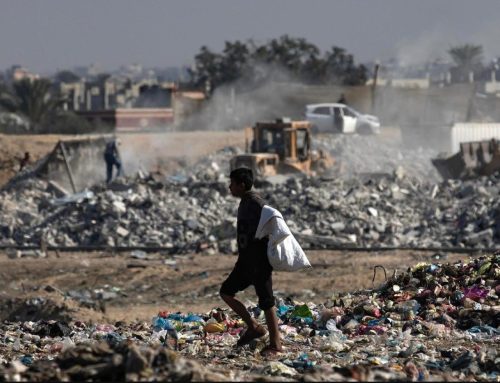A dossier compiled for the Palestine Israel Ecumenical Forum
by Ranjan Solomon
A December 2011 report by a French parliamentary committee calls Israel’s allocation of water in the West Bank “apartheid”. This report closely preceded the United Nations release of data showing that almost half of the West Bank is geographically off limits to Palestinians.
As a result, Israel keeps much of the West Bank’s water off limits to Palestinians, too.
The French report edited by Jean Glavany, a member of parliament for the Socialist Party, states that “Some 450,000 Israeli settlers in the West Bank use more water than the 2.3 million Palestinians that live there” and that “in times of drought, in contravention of international law, the settlers get priority for water.”
The Oslo Accords of 1995 stipulated that, for the time being, both sides would maintain their resource utilization at the existing quantities. The Palestinian water consumption from the aquifer at the time was 118 million cubic metres per year, compared to 483 million for Israel, according to a report by the Palestinian Water Authority (PWA). Even though it was “originally intended to be applicable for a period of no more than 5 years,” the PWA says that the same quota of 20 percent is “is still used by Israel as a ceiling to determine the amount of water it allocates to Palestinians”. This amount of water is simply insufficient for the growing Palestinian population.
In this issue of Perspectives, PIEF points out that water is a highly politicized issue in the Middle East. You cannot separate water from politics anymore.
The dossier we have compiled contains a range of resources. We hope that this dossier will help readers to understand better the complexities and intricacies of final status solutions in the Palestine-Israel conflict and the role of water in this context.






